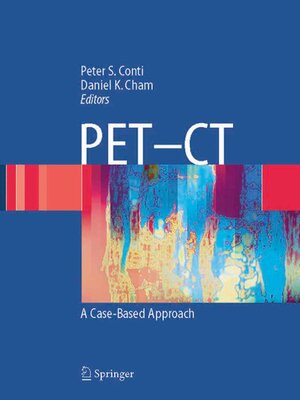
Sign up to save your library
With an OverDrive account, you can save your favorite libraries for at-a-glance information about availability. Find out more about OverDrive accounts.
Find this title in Libby, the library reading app by OverDrive.



Search for a digital library with this title
Title found at these libraries:
| Library Name | Distance |
|---|---|
| Loading... |
Few advances in medicine have had more of an impact on modern health care than the invention of PET-CT studies of FDG in the living human body and experimental animals. Biochemistry has been superimposed on anatomy, which is a giant leap forward. The expertise required for the interpretation of CT must now be combined with the expert interpretation of the biochemical information of the FDG study. The idea that the interpretation of the images simply requires the superimposition of the two image modalities is simple is clearly not true. What is needed is a clear und- standing of the sites of metabolic activity revealed by FDG studies in normal persons, and its variability from person to person. For example, FDG accumulates in various structures in the head and neck,and in the ovaries and uterus of normal women during certain phases of the menstrual cycle. The case method of teaching has stood the test of time for more than a hundred years and is still valid as new modalities are developed and introduced into medical practice. The authors,both of whom have considerable experience in the performance and interpretation of PET-CT studies with FDG, have made an important contri- tion that will be of great value to nuclear medicine physicians,radiologists,oncologists, and other physicians with the responsibility of caring for patients with cancer. Capabilities and limitations are discussed in the context of speci?c problems and patients.







